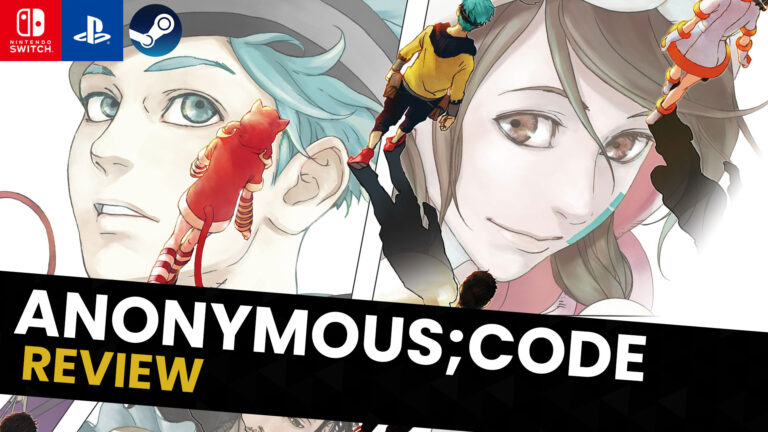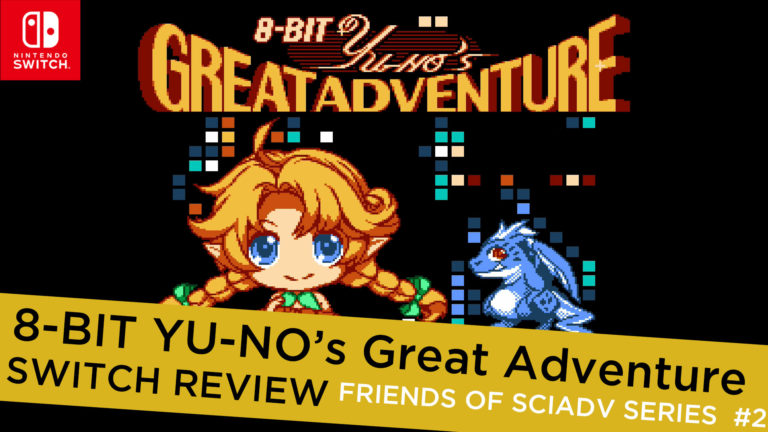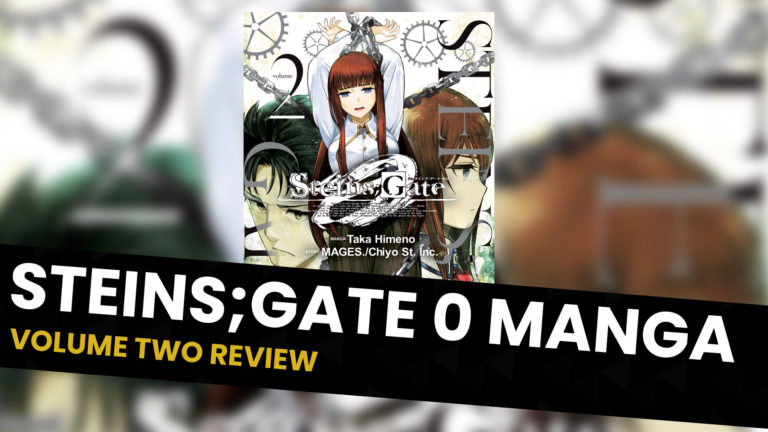Welcome to the Kiri Kiri Basara review of YU-NO: A girl who chants love at the bound of this world! This is the first article in our new “Friends of SciADV” article series, which will aim to shed light on visual novels and other media that relate to or are similar to titles from the Science Adventure series. Through this article series, we hope that we will be able to introduce our readers to many new, enjoyable visual novels and fictional titles.
To newcomers to this site or the Science Adventure series, welcome! This review’s primary goal is to cover YU-NO, and its main focus is not the SciADV series. Feel free to interact with this article as you would any other review.

INTRODUCTION
YU-NO: A girl who chants love at the bound of this world (henceforth referred to as “YU-NO”) is widely considered one of the most influential games of its visual novel genre, having indubitably inspired many sci-fi visual novel titles after its first release in 1996. The title was one of the first of the visual novel genre to experiment with longform storytelling, as is made evident by the sheer size of its script. The story clocks in at about four megabytes of text—50+ hours of reading for the average reader—and despite its age, it still beats out many visual novels today in terms of story length.
While not often outright cited as inspiration, it’s clear that many creators involved in the visual novel genre were impressed by YU-NO’s storytelling and took cues from it in the creation process of their own titles. Today, we can almost certainly thank YU-NO for the existence of various popular visual novels that share similarities with it, such as Steins;Gate, the Infinity series, Rewrite, and more.
When it came to availability to English-readers however, YU-NO was an elusive jewel for quite some time. Though it was first released in 1996, it would not be for another 15 years that the visual novel would first become accessible to the West by means of a fan patch.
本日、コミケの5pb.ブースで発表したビジュアルです!歴代のテキストアドベンチャーゲーム史上における金字塔……もうお分かりですよね(●⁰౪⁰●)ノ pic.twitter.com/jiPJiM6kWJ
— 志倉千代丸/Chiyomaru Shikura (@chiyomaru5pb) December 28, 2014
In 2014, MAGES. (best known for their Science Adventure series) announced a modern remake of YU-NO, which promised remastered graphics, music, UI, and other improvements. The game was initially released in 2017 for modern PlayStation systems, and was released on the Nintendo Switch in March of 2019. In early October 2019, Spike Chunsoft officially localized and published the remake for English audiences in the West, in addition to porting the game to PC for Steam users.
The following review will evaluate the pros and cons of the YU-NO remake, including (but not limited to) the story, the gameplay, the characters, and the presentation. Review copies of the game for Steam and the Nintendo Switch were graciously provided to us by Spike Chunsoft—however, please note that this has not influenced the opinions presented in this review in any capacity.

STORY
Let’s start out by talking about YU-NO’s premise. The player follows teenage high-schooler Takuya Arima, who appears to be your standard visual novel protagonist at first glance. He’s a slacker when it comes to all things school, he’s perverted to an extreme, but he’s also privately harboring some difficult circumstances. His historian father, Koudai Arima, was supposedly killed by a rockslide prior to the game’s events, leaving Takuya and his stepmother Ayumi Arima behind to cope with their sudden loss.
However, Takuya soon learns that all is not as it seems. A mysterious package is delivered to his house one day, and it contains two unworldly objects in addition to a letter from his father stating that he is still alive and out there somewhere. The two mysterious objects Takuya receives arm him with a newfound power to “save” at certain points in time and return to these points at any moment. It goes without saying that Takuya decides to track down his missing father with the help of his new time-manipulating abilities.
As Takuya pursues his goal, he begins to uncover and resolve mysteries lurking within his town and the heroines he decides to pursue; these mysteries build up to numerous revelations and plot twists, the greatest of which has the potential to completely change how one views the game as a whole. To put it as spoilerless-ly as possible, the final 25-33% of the game takes a direction that I doubt many could predict, yet it is an intriguing direction nonetheless.
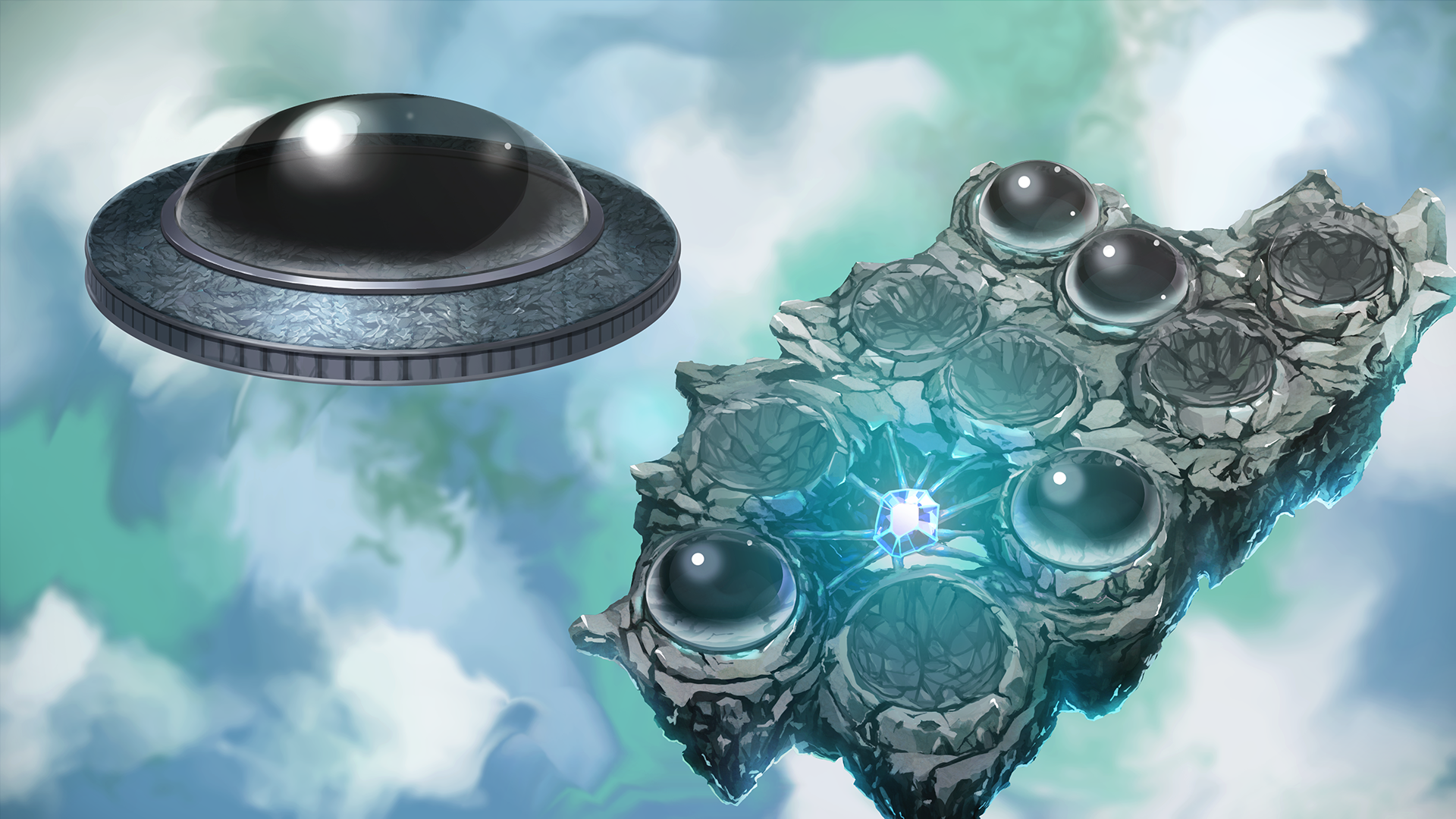
GAMEPLAY
The strange items left to Takuya by his father serve as the key to the game’s plot, as they allow Takuya to explore a variety of alternate timelines and heroine routes. The Auto Diverge Mapping System (A.D.M.S.) is one of these items: it allows the player to view a map of the divergent timelines and see what route in the story they are currently on. This map is displayed by means of the in-game Reflector Device, which holds within it small, enigmatic spheres known as “Jewels.” Takuya may choose to use a Jewel during most parts of the story, and he can later return to the point in time when he used the Jewel via the mapping system.
However, the player must be cautious about how they use the Jewels—Takuya must possess at least one Jewel to open the A.D.M.S., and should he run out of Jewels, the player will have no choice but to continue the story until they reach an ending of some kind. Luckily for those playing the remake, the maximum Jewel count was increased from eight to ten, making it slightly more difficult to run out. As the player progresses, they may find more Jewels while exploring and increase the number that they possess; Takuya’s goal is to find all ten Jewels and return to a certain point in the story, as outlined by his father.
The system introduced here is quite unique, and when the game first released in 1996, there’s no doubt that it was incredibly innovative. It certainly speaks volumes that despite being introduced in the 90s, the amount of interactivity that YU-NO’s A.D.M.S. requires still feels fresh and engaging by today’s standards.
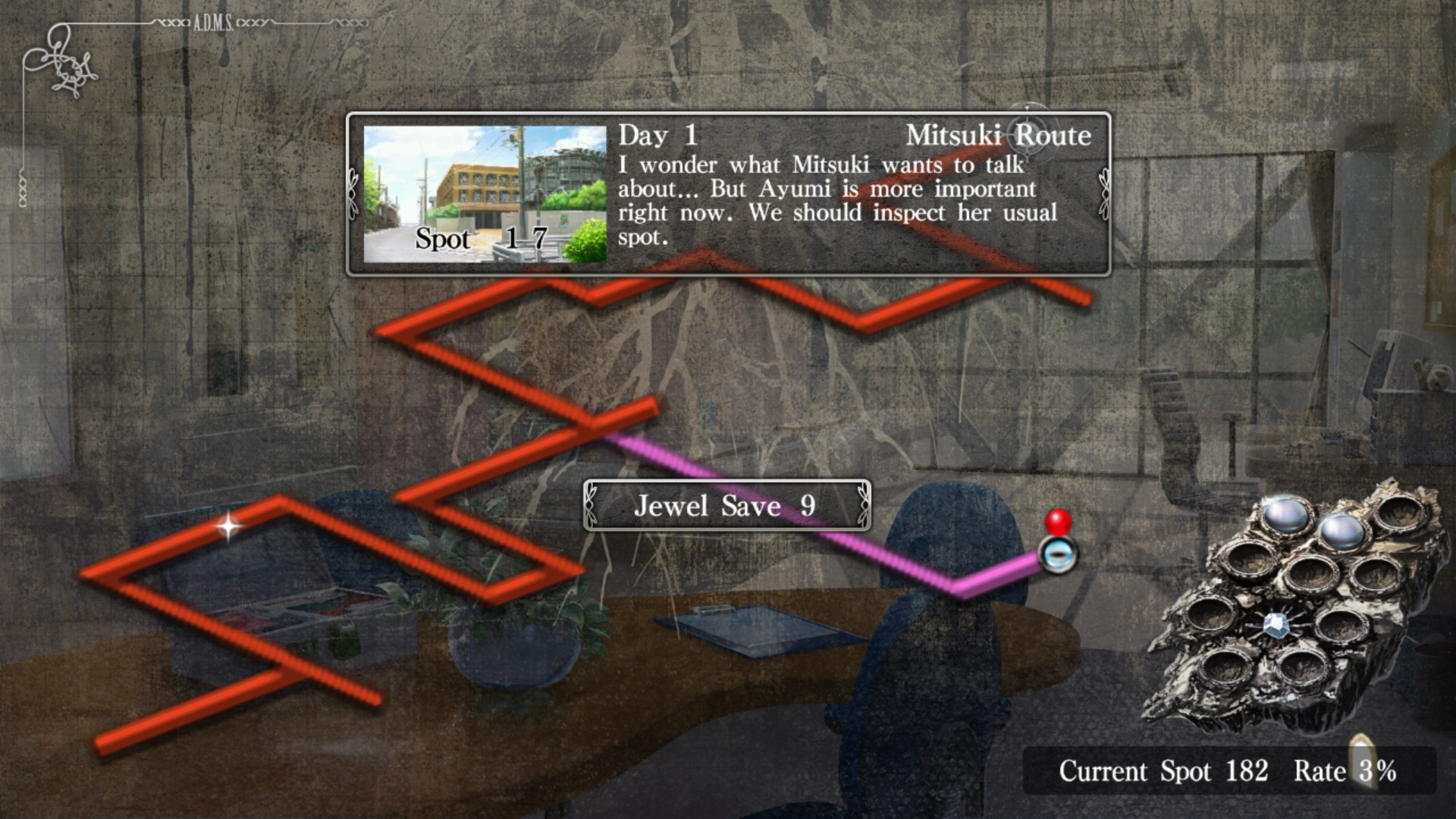
Other quality of life changes from the original game were made to the mapping system to improve it, such as color coding and labeling of different routes on the map, as well as previews of what scene each Jewel is placed at. A newly introduced hint system also makes it much, much more easy to branch into routes and discover new endings. Altogether, these changes make the game feel very intuitive. The system presented in the remake is miles easier to use in comparison to the original game, which practically required a complex, convoluted guide to get every ending.
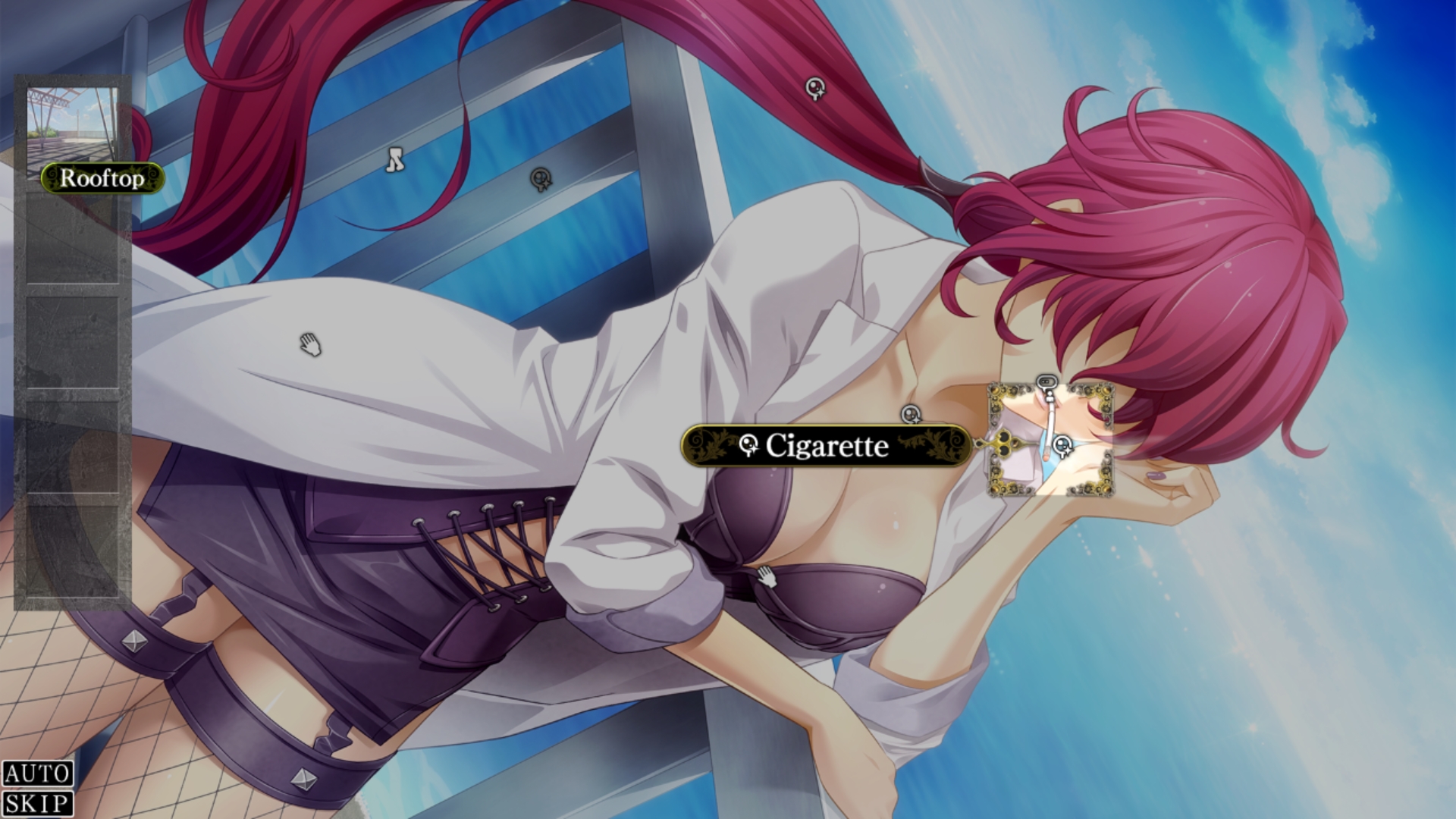
Though YU-NO is primarily a visual novel, a large portion of the game involves point-and-click exploration in order to continue the story. Players of the original game will be happy to hear that the remake greatly improves this aspect of the game. Gone are the days of systematically clicking every nook and cranny of the screen in hopes of accidentally clicking on the object that continues the story, because the remake specifies which areas of the screen you can interact with. When the player has exhausted all of the unique readable lines from interacting with an area, the game greys out the icon hovering above the area—this is yet another welcome addition, and a great time-saver.
Another change made by the remake was the conversion of the prologue and the epilogue to point-and-click format, like the majority of the rest of the game. This conversion is great for getting newcomers accustomed to the way most of the game plays right off the bat, rather than a couple of hours into the story like in earlier versions of YU-NO.
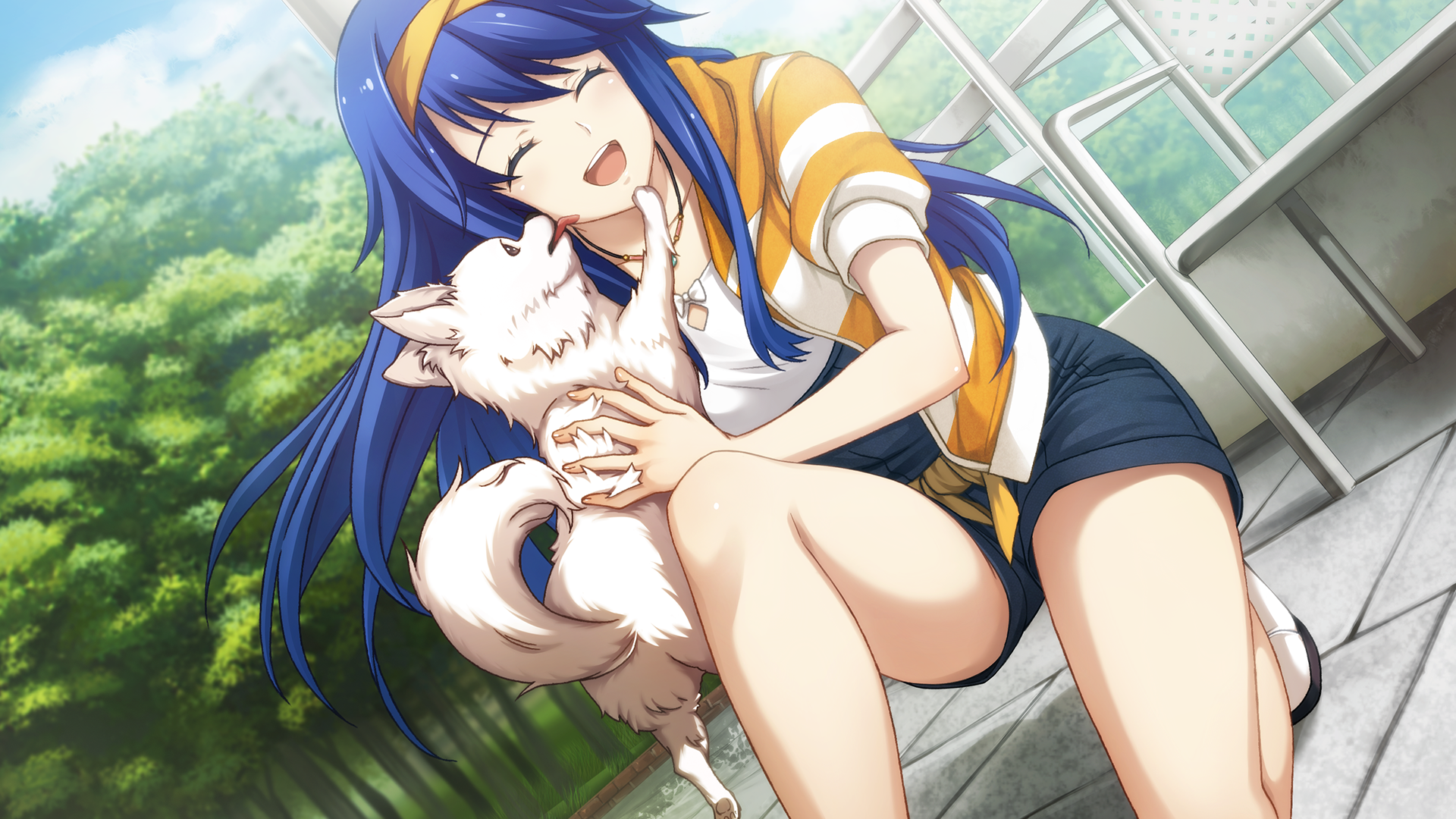
CHARACTERS
Characters, their development, and their story arcs play a big role in shaping every visual novel, and of course, YU-NO is no exception to this. The game boasts a large cast of characters that appear throughout the story, and in the case of the main heroines, Takuya’s pursuit of one of them may alter how the story plays out. A personal favorite heroine of mine was Kanna Hatano, the game’s token mysterious character. As the story progresses and the protagonist begins to break through the mysteries surrounding the girl, what’s revealed is a character with a unique, tragic backstory that one can’t help but feel sympathy for. The way Kanna grows as a result of her interactions with the protagonist is heartwarming, and to me, her character arc represents the peak of the game’s emotional writing.
Another character that I’d like to mention is Mio Shimazu, another of YU-NO’s main heroines. Though her route is not quite perfect, her character tends to embody the adventurous sci-fi spirit that the game boasts but does not always succeed in upholding. The game’s other character routes (aside from Kanna’s) tend to meander around the mysteries of Takuya’s hometown without satisfactorily addressing them, but it’s Mio’s tenacious, scientific spirit that keeps the plot going and allows Takuya to get a better glimpse at the truth of his town’s secrets than anyone else.
Unfortunately, strong writing is not a universal trait for the characters of YU-NO. Some of them are very poorly developed and merely exist as a means to an end—a prime example of this is a character introduced late in the story named Sala, who exists solely to give Takuya information on where to go next. The game tries to set her up as an important character, giving her unique CGs and an important in-universe role, but she ultimately disappears from the story as quickly as she appears. It doesn’t help that half of her thirty-minute screentime is spent on a completely unnecessary sexual humiliation scene.
Other characters suffer from convenient memory loss and terribly poor judgment, which often feels like a weak excuse for the author to have kept the story moving in the direction that he wanted it to. I would not call this a universal trait, nor do I think that every character that suffers from these issues are irredeemable because of them—however, when faced with the superb character writing that many other modern visual novels have, YU-NO’s characterization issues cause it to stick out like a sore thumb.
What about the protagonist, Takuya Arima? Readers will be taking his perspective for the entire journey, and it’s natural to hope that the protagonist will be interesting, well-developed, and tolerable for its length.
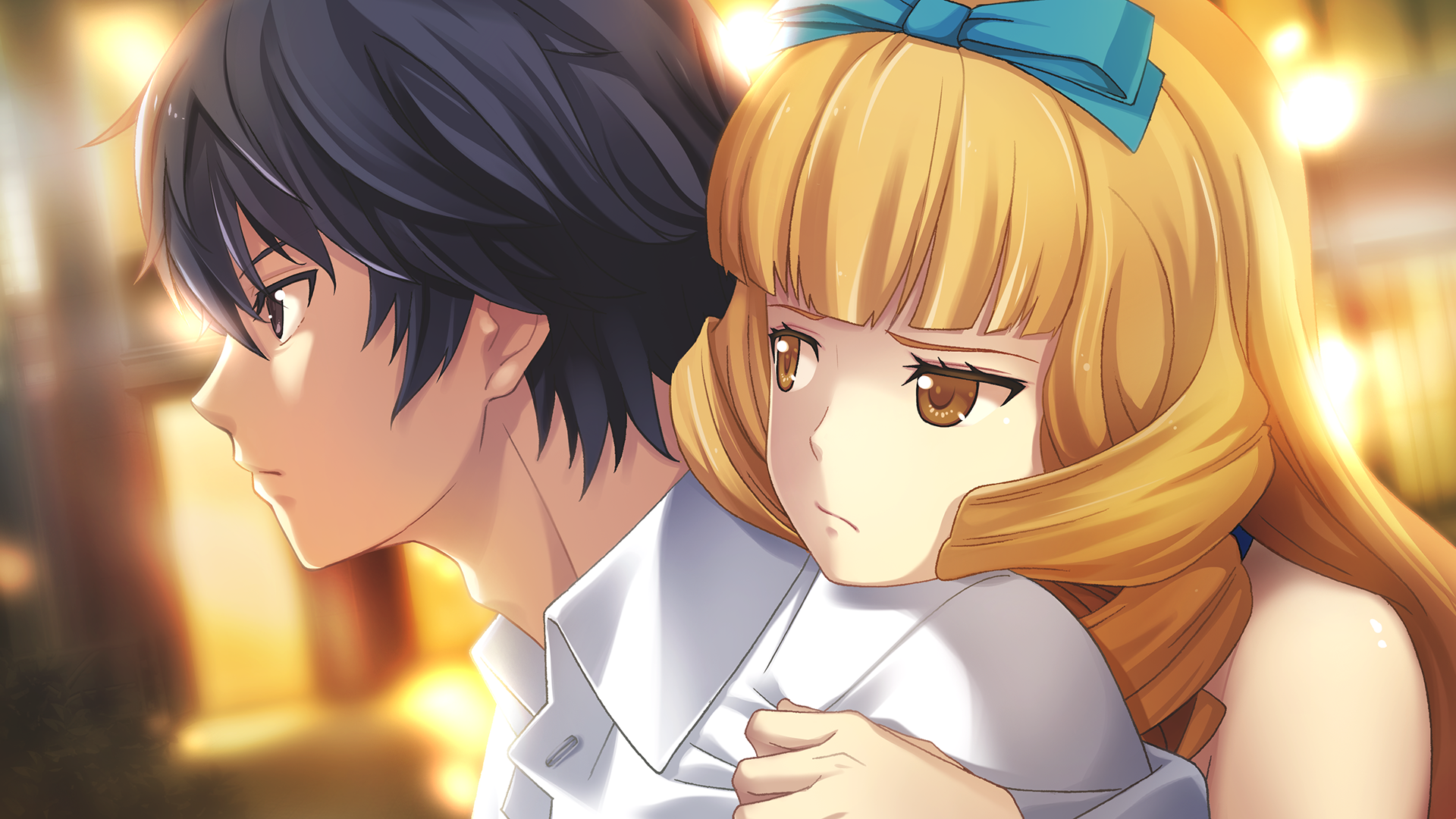
Ultimately, Takuya as a character feels like a mixed bag of potential that is used well in some instances, but squandered in many others. For example, I can point to many moments in the story where Takuya’s words and actions define him as a dependable friend and/or lover that has come a long way from his origins thanks to his relationships and experiences. For what it’s worth, Takuya does, to a degree, develop beyond the character he is presented as in the beginning. The problem, however, is that when Takuya takes one step forward development-wise, he often takes two steps back later in the story.
One of Takuya’s biggest flaws often makes it difficult to take him seriously, and unfortunately, this flaw pervades many of the conversations and actions that he partakes in. The extent to which this flaw affects one’s experience with the game will vary from person to person, but to put it simply, Takuya is a massive pervert. This trait of his persists throughout the entire game, and it rarely ebbs—many of his fellow classmates refer to him as the “walking libido” in-game, which is quite the apt assessment of his character. Almost every single time the game presents a new CG graphic featuring a woman, you can expect that one of the clickable areas for Takuya to comment on will be the woman’s breasts, butt, legs, or some other body part that piques his sexual interest. This gets very grating after a while, but most of the risqué choices are, thankfully, optional to progressing the story.
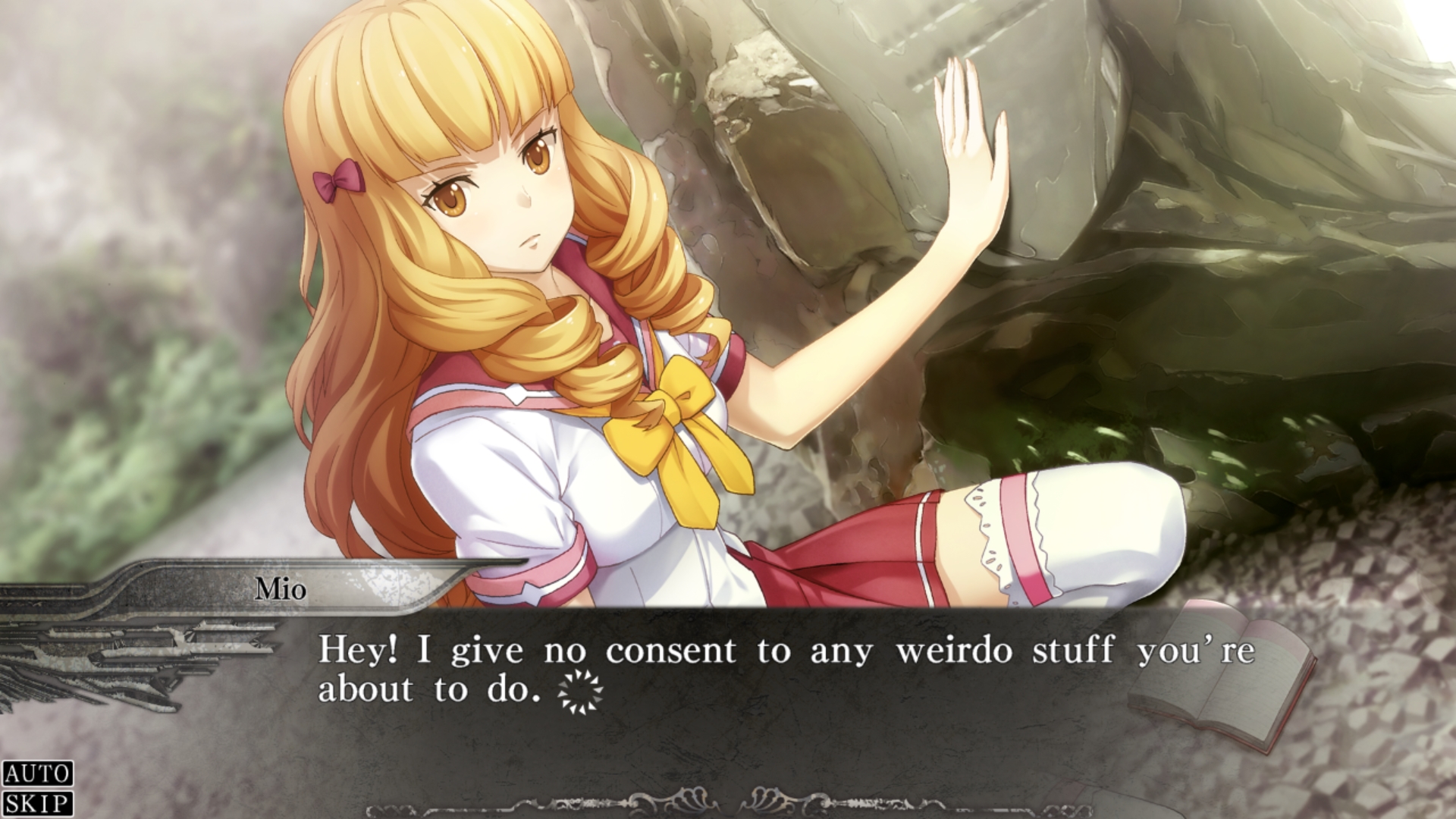
This is certainly a product of the era in which YU-NO was written, but Takuya hooks up with many of the game’s women, going well beyond the four main heroines of the character routes. In the original game, this leads to, well, a whole lot of sex. Some of the sex scenes were well-justified, but others felt like they were shoehorned into the story to meet the “eroge from the 90s” quota and satisfy the game’s audience. In an attempt to modernize the story (and because it was being released on consoles), the remake removed or attempted to tone down the outright depiction of sex scenes and general sexual content. That’s not to say that the game has been stripped of all of its eroticism, however—for better or for worse, the YU-NO remake is definitely one of the horniest visual novels on the market right now.
While the changes to the sexual content certainly help put more focus on the main story, the fact of the matter is that, unfortunately, the remake doesn’t address every instance of content that modern audiences might find uncomfortable. Without delving into spoilers, there are a few relationships in the story that are very morally grey and unsavory by today’s standards; in fairness, removing or even modifying these relationships would take quite a bit of rewriting, and would definitely involve altering the intent of the original author, who passed away in 2011. At the end of the day, the presence of these relationships is quite jarring, and it may negatively impact how the reader views the game to a large degree.
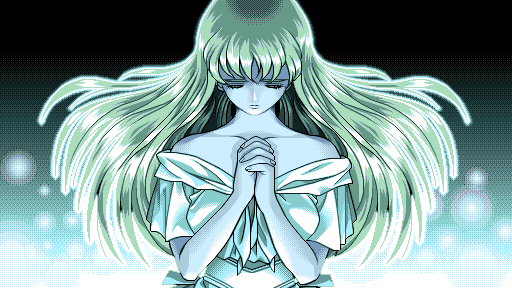
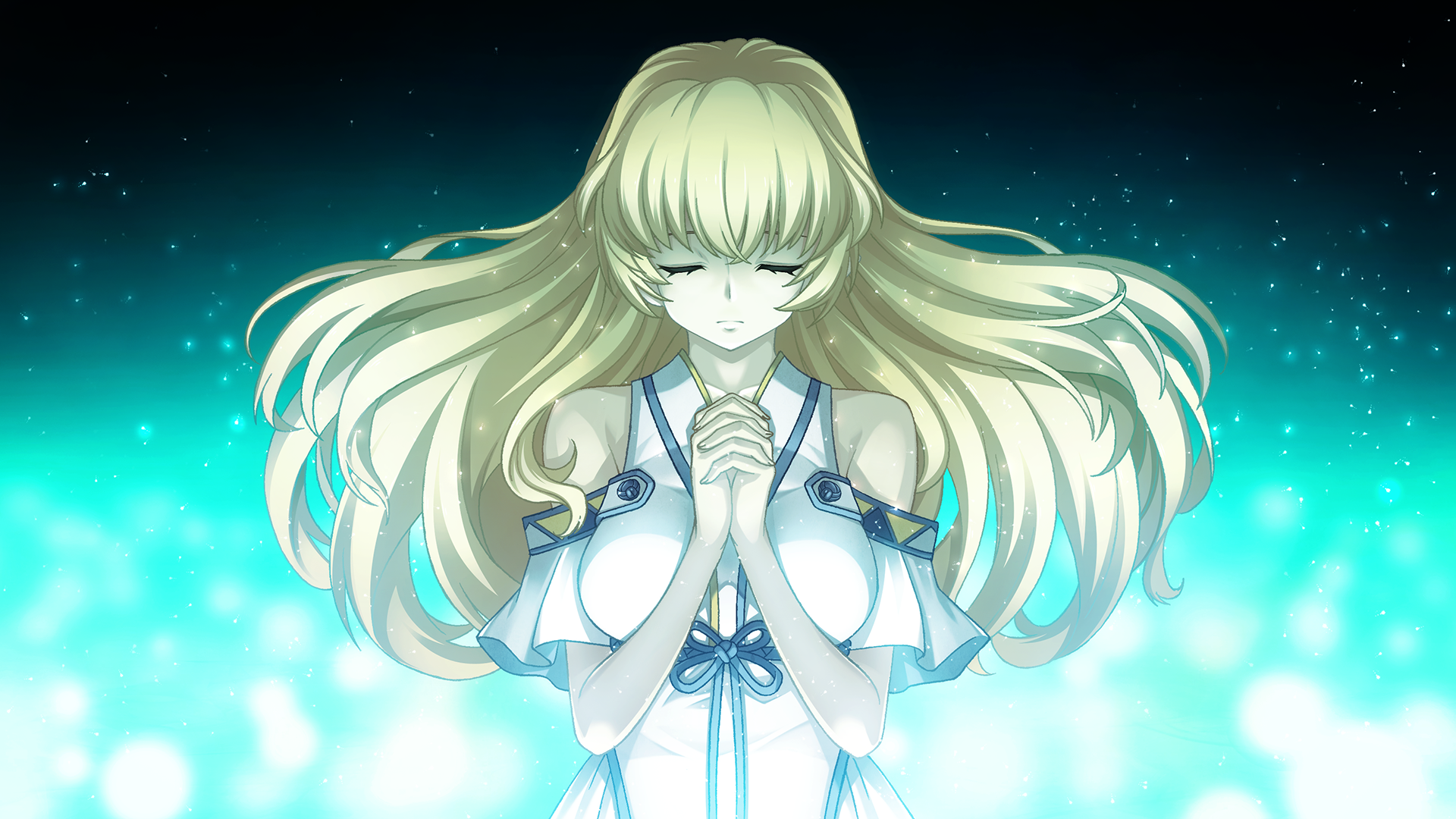
ART AND MUSIC
Two of the most prominent updates made by YU-NO’s remake are its art and its music. The original YU-NO, having been released on the PC-98, featured a classy pixel artstyle that many fans of the era swear by today. The remake aimed to upgrade this visual style into something that modern visual novel fans would be more comfortable with. Whether they succeeded or not has been a point of contention in online spaces, but my personal opinion is that the new art is consistently serviceable and succeeds in giving the game a modern feel. As a whole, the new artwork has a shinier style to it, and many of the game’s CGs and character art are downright beautiful. I’m a big fan of how Yu-No (the character) is depicted, for example; her new outfit and her new hairstyle fit her childish personality, and overall, it’s an adorable upgrade to a design that felt drab and colorless in the original game. Because her appearance is a bit spoiler-y, I’ll link to images for comparison by those who have experience with the game. Original, remake.
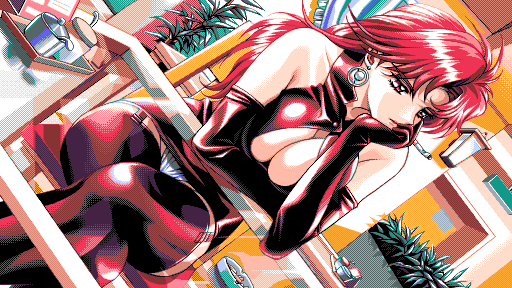
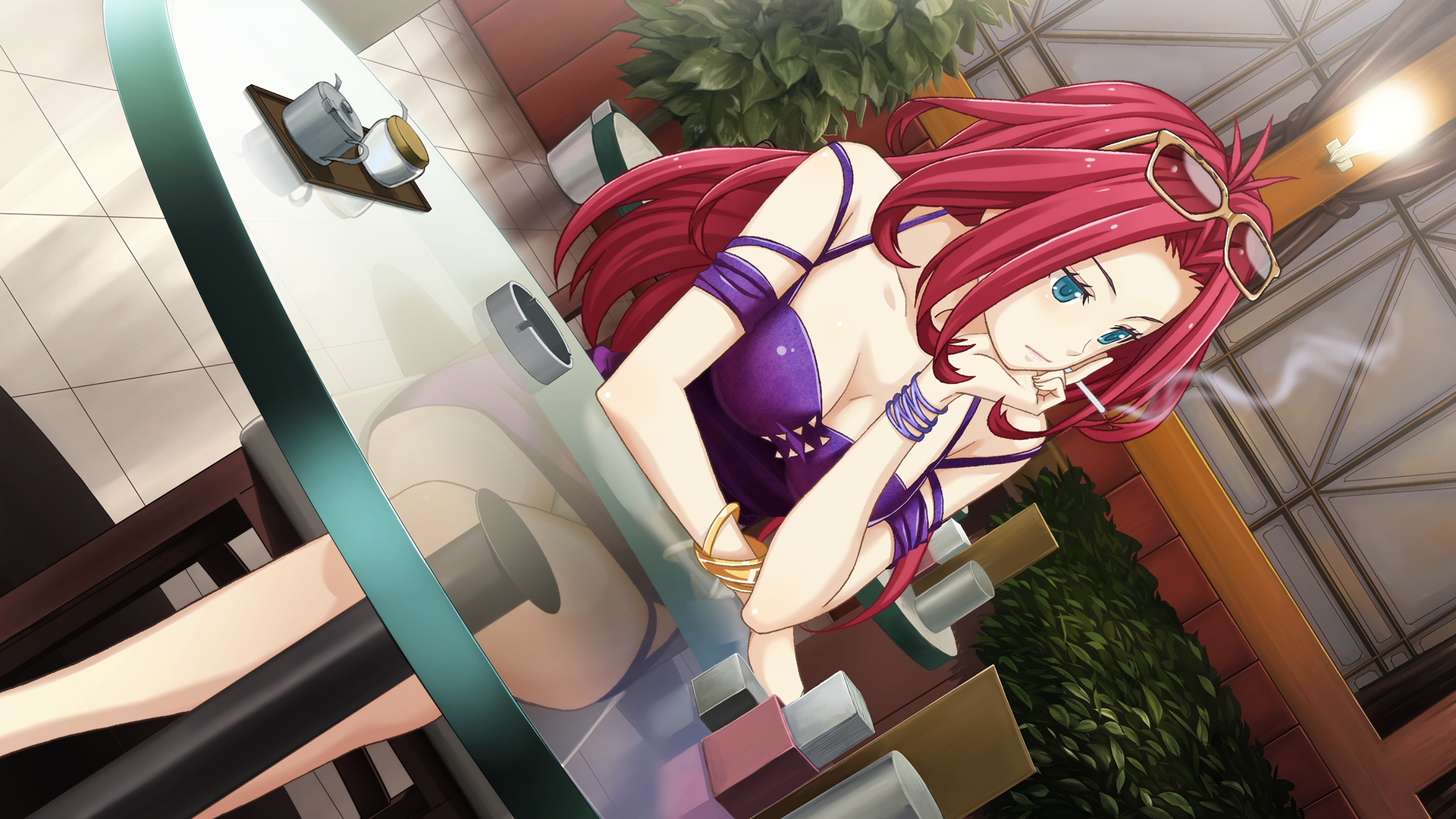
Other characters, such as Eriko and Ayumi, received what felt more like sidegrades to their appearances. Their new art isn’t particularly impressive, but I wouldn’t label this a negative. The jump to a modern artstyle was made, and… it works.
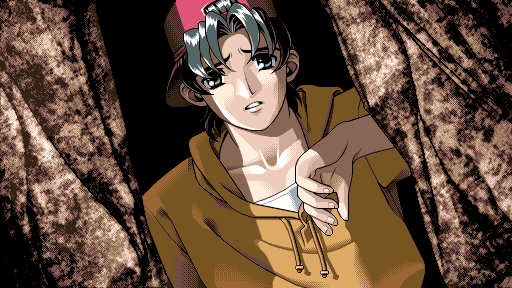
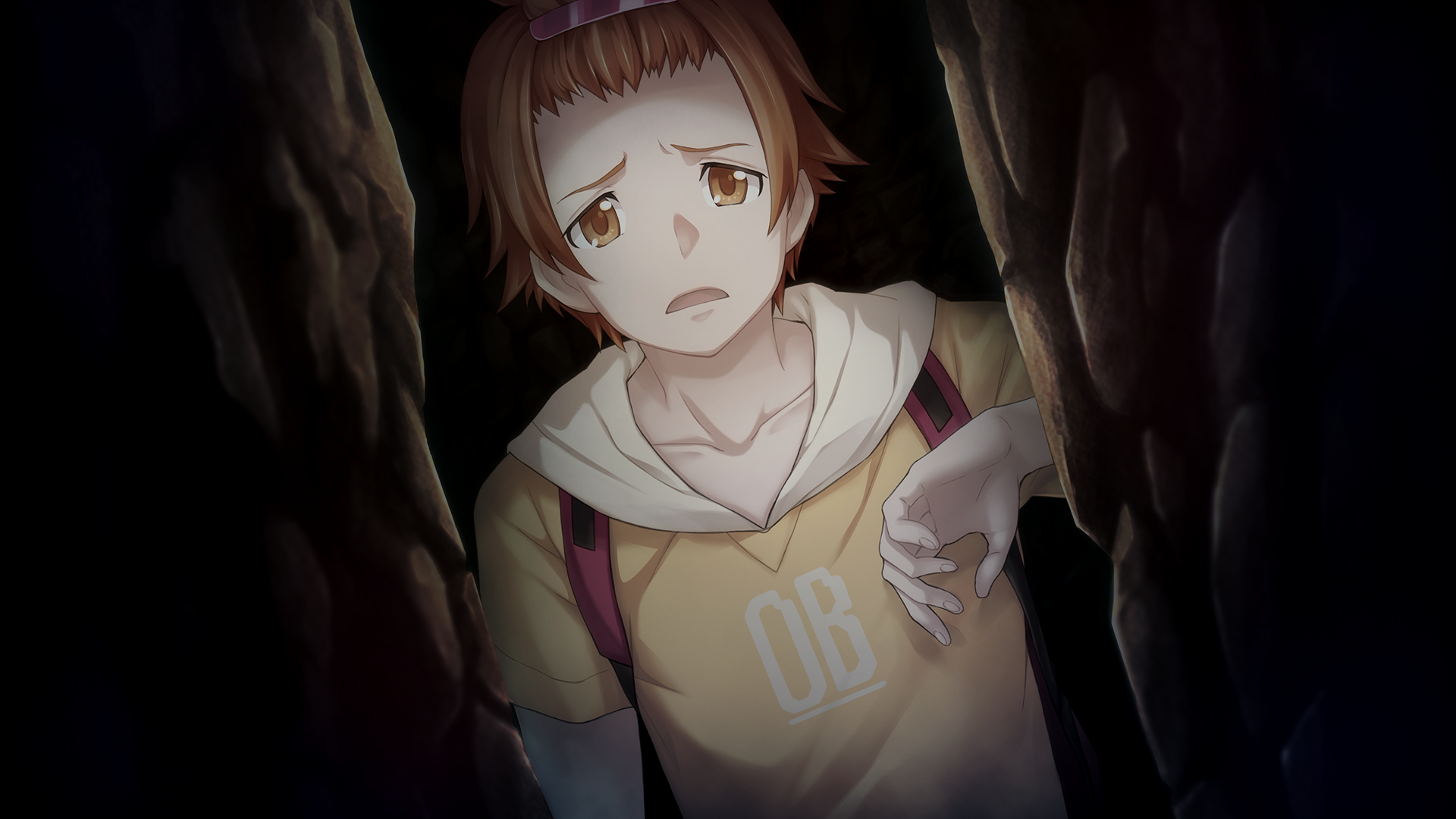
But unfortunately, the remake’s artstyle is not without its flaws. Characters like Yuki received new appearances that just don’t fit them, and actively make them look worse than their original counterparts. I think it’s fair to say that bias might be playing into my opinion since I had played the original YU-NO before the remake, but something about Yuki’s new appearance just feels wrong, like I’m looking at a random side character rather than Takuya’s best friend.
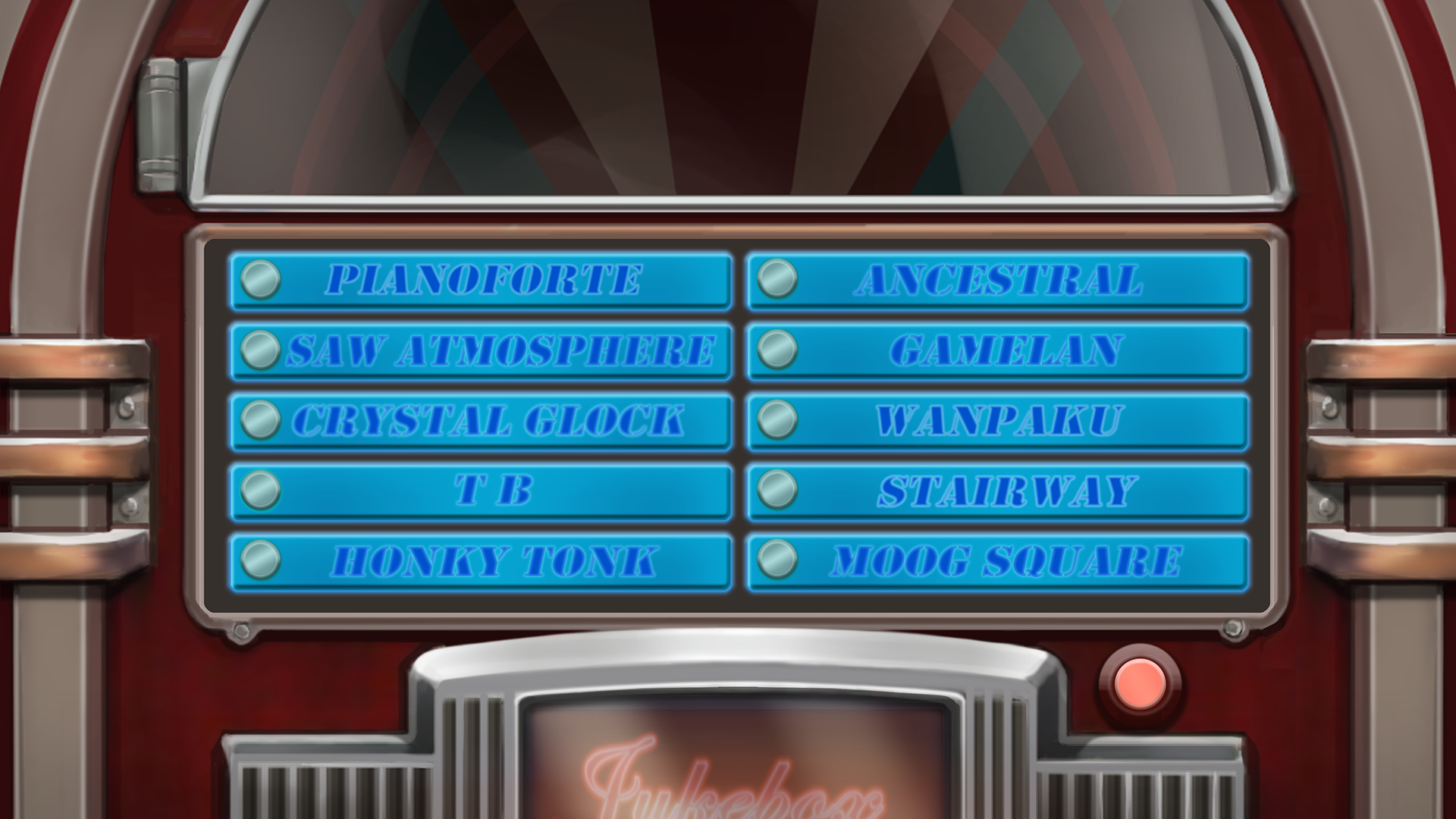
The music of YU-NO is, thankfully, less polarizing than the art. Both the original game and the remake feature many memorable tracks, and luckily, the player is given the option to switch between the two soundtracks within the remake at will. The remake’s tracks are generally pretty enjoyable to listen to, but it’s still nice to have the option to indulge in the nostalgia that the retro-y original soundtrack provides. Many of the tracks do an awesome job of setting the tone of the scene in which they play, which is absolutely critical to the impact each scene has on the reader. Among my favorite tracks were “Fate 2” (played during tense scenes), the theme of the main menu (it has a great mystical feel to it that fits the whole game), and the theme of the start menu (a beautiful take on the original game’s opening cinematic music).
Science Adventure fans might be interested to hear that Takeshi Abo, prominent for his work on SciADV themes and music, composed the soundtrack for 8-BIT YU-NO, the Nintendo Switch version’s bonus game. Our review of this game is forthcoming, so look out for it if you’re interested!
LOCALIZATION
The actual localization of YU-NO’s text is another aspect of the game worth bringing up. For full disclosure, I’m not qualified enough in the field of localization to comment on the accuracy of the remake’s translation. Instead, I will be addressing the script’s readability, as well as the effectiveness of simple localization choices made in the translation.
One point in the localization’s favor is that, for the most part, it’s readable. One’s understanding of the story will likely not be severely hampered by the quality of this translation, but it definitely does have its issues. Tense issues, typos, awkward and/or stiff wording, disconnects between what was said in one line and what was said in response—these were all problems that I ran into while reading the remake, and while they don’t appear particularly frequently, it’s noticable when they do. It often felt as though the script needed more polish than it got, and given the above average length of the story, I was left wondering if the editors were simply pressed for time while working on the script.



Aside from readability, some of the localization choices made in the visual novel were awkward enough to hurt the experience. For example, a scene in the prologue has a man over the school intercom asking “Arima-san” to come to the teacher’s lounge. Both Takuya and his mother, Ayumi, share the “Arima” last name—since they both happen to be in Takuya’s school at the time, and because the “-san” suffix can apply to both men and women, they both show up to the teacher’s lounge assuming that the intercom announcement was referring to them. In the remake’s localization, however, instances of “-san” are usually replaced with Mr./Ms./Mrs., depending on who is being referred to. In the localization, therefore, the intercom announcement refers to “Ms. Arima,” but Takuya still goes to the teacher’s lounge assuming he has been asked to. He shows no confusion over being called “Ms.” because, in the first place, there was no gender specificity in the Japanese script.
There are more localization issues like these: money is converted from yen to dollars in the script, which itself is not the biggest offender—the issue lies more in the fact that, at some point in the game, Takuya thinks that fifty dollars is “barely enough for a beef bowl.” A character that shows up later in the game has a pun in her name that’s very relevant to how she behaves in-person, but this pun is lost because of a largely unnecessary localization choice that creates an audio/textual disconnect in the scene that it’s introduced in. I can see why a lot of these localization changes were made, the problem is that the reasons just aren’t very well-justified.
WHAT'S IN IT FOR A SCIENCE ADVENTURE FAN?
The following section contains spoilers for Steins;Gate.
With all this talk of time travel and sci-fi, this site’s regulars may be wondering “What’s in it for me?”
One of YU-NO’s main plot elements is time travel, and it’s only natural that the player will see connections between it and Steins;Gate. The protagonist can go back in time to any point within a set number of hours and redo events in hopes of gaining a different outcome, and certain choices may set him on a new story path. Sounds familiar, right?
Some key differences between Steins;Gate and YU-NO include the fact that, in the latter, different worlds can exist simultaneously in parallel. Additionally, the protagonist of YU-NO usually doesn’t retain his memories of other paths, with some exceptions. This is probably due to the fact that it would have taken an insane amount of work to write in memory retention when the player can go back in time at will, but it’s still slightly off-putting to run into situations where the protagonist uses an item that he has no memory of collecting and barely comments on it. Regardless, the player’s ability to “save and load” throughout the vast majority of the game is an excellent function, and it brings with it a great deal of exploratory freedom that many will appreciate having.
Speaking of saving and loading, it seems as though MAGES. is taking inspiration from YU-NO’s mechanics for the upcoming Anonymous;Code. Pollon Takaoka’s “Save & Load” ability in Anonymous;Code will supposedly allow him to save at any moment in the game and “load” the save to return to it. It remains to be seen if MAGES. can pull these mechanics off in a cohesive manner while also delivering a more exciting experience than YU-NO’s, which will be its senior by almost twenty five years by the time it releases.
Finally, players may notice that some of YU-NO’s plot points and story elements share similarities with other plot points and story elements that have come up in the general SciADV series. While it can’t be explicitly proven that these SciADV titles drew inspiration from YU-NO, it’s still nice to be able to see how certain similar elements are written and handled differently across the individual titles.
Steins;Gate spoilers end here.
CONCLUSION
As we reach the conclusion of this review, I find myself looking back at my excited, yet turbulent history with YU-NO. At the time of this review’s publication, I will have played the game twice—the original game once, and the remake after that. I can say with certainty that this has allowed me to gain some perspective on how the game shaped the future of the visual novel industry, whether it was directly or indirectly, and for that, I appreciate having had the opportunity to examine such an important piece of visual novel history.
Yet, when faced with the need to nail down my final opinion on YU-NO, the phrase that comes to mind is “tough love”—for all the elements of the original game and the remake that I enjoyed and appreciate, there is no shortage of problems and missteps to counteract them. It is with this in mind that I say that while I appreciate some of what YU-NO and its remake brought to the table in 1996 and 2019 respectively, I am more thankful for the fact that its concepts of what a visual novel should be like were greatly improved upon to create some of the modern hits that we enjoy today.
Final Score:
6/10
“YU-NO: A girl who chants love at the bound of this world” offers an exciting premise, a unique gameplay system, engaging music and art, and a few strongly written characters and routes. However, a variety of issues that stem from the remake itself, in addition to some questionable elements retained from the 1996 release, make this game difficult to recommend. It’s a nice piece of history, and it’s not the worst visual novel on the market, but you should know what you’re getting into before you take the plunge.


